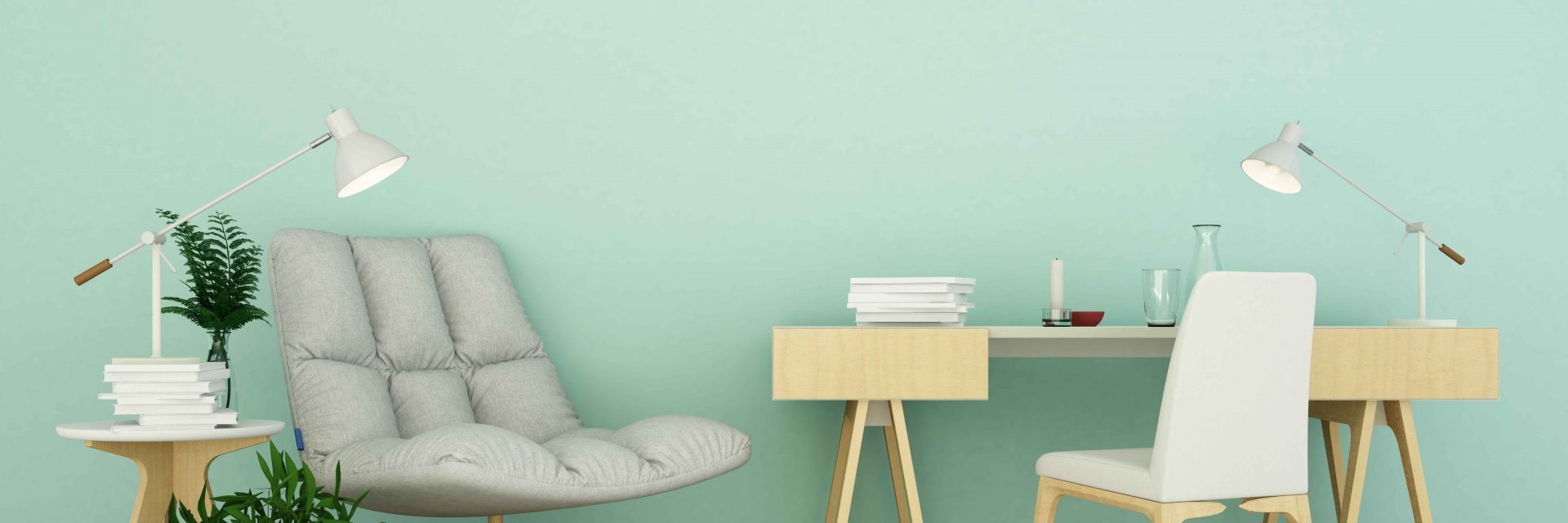Seasonal Considerations For Industrial Exterior Painting: What You Required To Know
Seasonal Considerations For Industrial Exterior Painting: What You Required To Know
Blog Article
Article By-Aguilar Bagger
When you're preparing a commercial exterior painting job, seasonal variables can make or damage your results. You'll want to think about exactly how temperature level and moisture effect paint application and drying out times. Choosing the right period can ensure your paint adheres correctly and lasts longer. But which periods are genuinely the best for this kind of job? Let's explore find out this here that can affect your project's success.
The Effect of Temperature Level on Paint Application
When you're intending a business exterior paint job, the temperature can substantially impact how well the paint sticks and dries.
Preferably, you intend to repaint when temperature levels vary between 50 ° F and 85 ° F. If it's as well cool, the paint may not cure correctly, bring about issues like peeling or fracturing.
On the other hand, if it's too warm, the paint can dry out too quickly, stopping correct adhesion and resulting in an unequal surface.
You should also think about the moment of day; early morning or late afternoon uses cooler temperature levels, which can be much more desirable.
Always examine the maker's referrals for the particular paint you're utilizing, as they usually give guidance on the ideal temperature variety for optimal outcomes.
Humidity and Its Impact on Drying Times
Temperature isn't the only ecological variable that influences your commercial external painting task; moisture plays a significant role also. High moisture levels can reduce drying times considerably, affecting the general top quality of your paint job.
When the air is saturated with dampness, the paint takes longer to treat, which can bring about issues like poor bond and a greater risk of mold growth. If you're repainting on a specifically humid day, be gotten ready for prolonged delay times between coats.
It's critical to check neighborhood weather and plan appropriately. Preferably, aim for humidity levels in between 40% and 70% for ideal drying.
Maintaining these factors in mind guarantees your task remains on track and delivers a long-term finish.
Best Seasons for Commercial Exterior Paint Projects
What's the very best time of year for your industrial exterior painting projects?
Spring and early loss are commonly your best choices. Throughout these seasons, temperature levels are light, and humidity degrees are often reduced, creating suitable problems for paint application and drying out.
Stay https://cristianxhqzi.blogsvila.com/34469533/home-painters-a-novice-s-overview-to-revitalizing-your-home of summer's intense heat, which can trigger paint to dry as well quickly, resulting in inadequate attachment and finish. Likewise, wintertime's cold temperatures can hinder appropriate drying out and healing, risking the long life of your paint work.
Go for days with temperature levels between 50 ° F and 85 ° F for optimum results. https://exterior-house-painters-n75420.dbblog.net/7635542/pro-tips-for-an-unified-operating-partnership-with-home-painting-experts in mind to check the regional weather report for rainfall, as damp conditions can wreck your task.
Preparation around these aspects guarantees your paint project runs smoothly and lasts much longer.
Conclusion
Finally, preparing your industrial external paint jobs around seasonal factors to consider can make a significant difference in the result. By organizing job during the excellent temperature levels and moisture degrees, you'll guarantee better bond and drying out times. Remember to keep an eye on local weather report and pick the correct time of year-- spring and early loss are your best options. Taking these actions will help you attain a durable and specialist coating that lasts.
